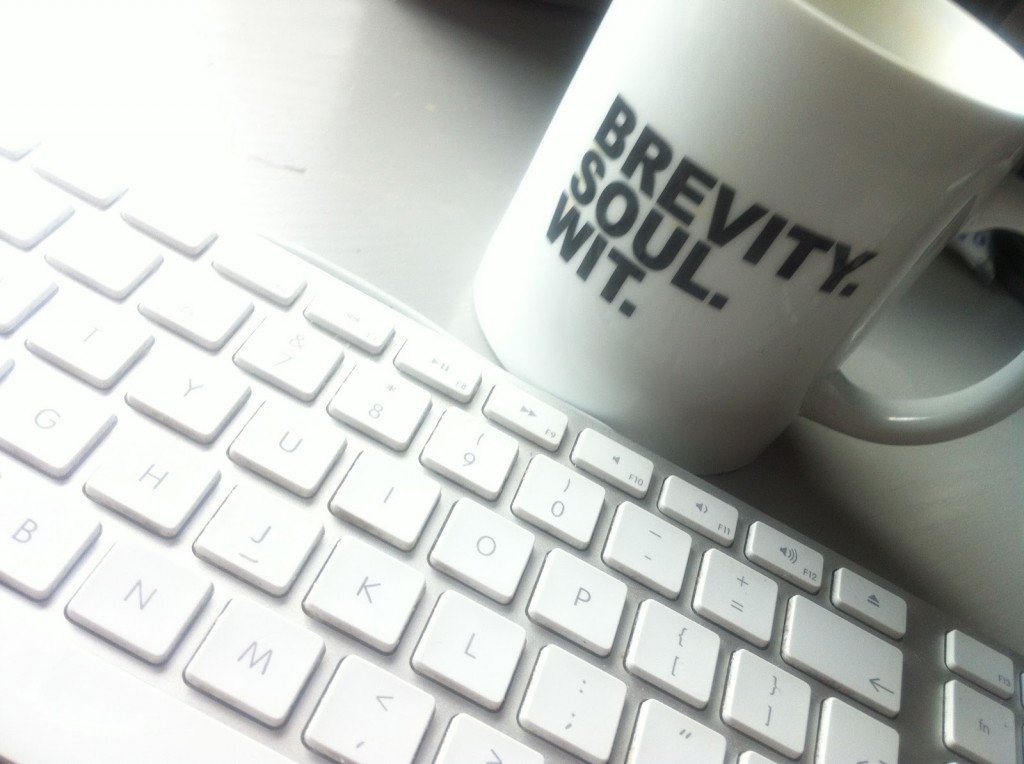Microsoft is reportedly/allegedly paying bloggers to write favourable prices about Internet Explorer. As part of the deal, you also tweet with the hashtag #IEbloggers.
Go take a look: click or tap on that hashtag and you’ll go to a twitter search that returns a lot of tweets. Deliciously, by far the majority are from people mocking Microsoft (and innocently asking if they’ll still get paid).
But every now and again there is a real one. A genuine one. Well, a tweet that isn’t mocking and is promoting Internet Explorer.
Doubtlessly, some of them are true in the sense that the tweet writer really does like IE. But you can’t help it: now you know Microsoft is paying and now you see so many others ridiculing it, everyone who praises IE looks caught.
No one I’m following has done this or I’d be un-following. Wouldn’t you?
